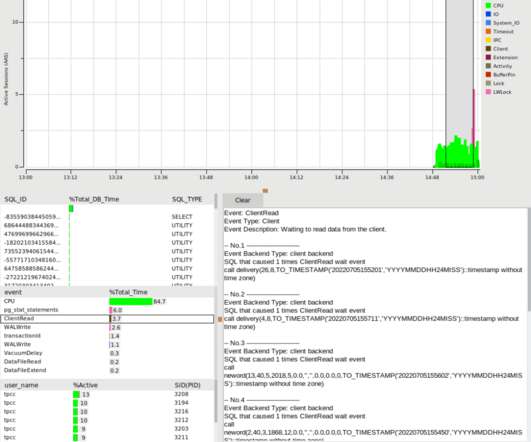Supercomputing Predictions: Custom CPUs, CXL3.0, and Petalith Architectures
Adrian Cockcroft
JANUARY 20, 2023
Most of the top supercomputers are similar to Frontier, they use AMD or Intel CPUs, with GPU accelerators, and Cray Slingshot or Infiniband networks in a Dragonfly+ configuration. The emergence of chiplet technology also allows higher performance and integration without having to design every chip from scratch.












Let's personalize your content